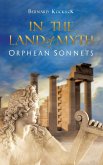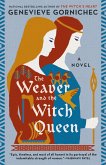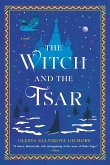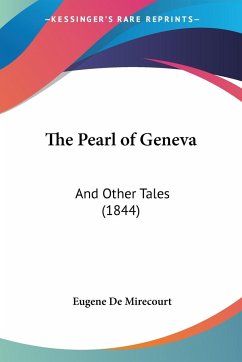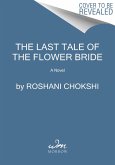A myth is for centuries, maybe forever. It may spawn a thousand tales but in essence remain the same. The oft-told myth of the young girl rejecting her love in fear, then seeking him through all space, recycles again and again across the world and over the centuries. So it is with this tale. It is at root the same tale as in the earlier Kate-Pearl stories The Black Inked Pearl and its prequel Voyage of Pearl of the Seas, as well as in the later story told by the sea, The Helix Pearl. But this time it is from a different perspective - that of our call to the fleeting flighting breathing air, the soul, the fluttering butterfly-psyche. More, the style is the same. Again, you will find - but need not precisely identify - plentiful literary allusions (a process more fully explored in my Listen to this: the astounding ups and downs of quotation marks); most are just hints, but passages in double quote marks are direct quotations; other poems and the like are from Kate's own imagination transmitted here through her earthly interlocutor Ruth. As Ruth I found these allusions unavoidable rather than arising from deliberate conscious choice. Some of them swam up from texts learned long ago, by heart, at my Quaker school, others from the long steeped-in literature and mythology of the ancient world, my university study, above all from Homer, poet of poets, who returns again and again. For him too perhaps - here as throughout our lives, air-born metaphors emerge from the sounding airwaves of his mind. The story's origin in dreams - that is, in the magical space between sleeping and waking - means that some episodes are elusive. To me too. I can only say that I wrote them as I heard and felt them in their (to me unexpected and unsought) dreaming mode. I found that I had no choice but to write them down the next day, as accurately as I could, in faith that a meaning was there, intended. Perhaps you will detect it better than I. Till it was written down I never forgot. But once there on the page I had no memory of anything but the overall story and, above all, the feel. I suggest that, as with poetry or epic, you might like to read it the same way - for the overall themes and feeling - and the sound - not forever worrying about the literal detail. The book was written in three magical days on a sea journey, looking out on the enchantment of clouds, sunrise and sunset, a time for the liminal in-between mystical place of dream. Since then I have added some small revisions and elucidations, but the basic story is unchanged. No doubt there are still (I am only human) some 'mis-writes' and infelicities: anyway, who in this human world of ours can agree on the best style? I would be glad, however, if you could note that some, hopefully all, of the at-first-sight wrong spellings, grammar or punctuation, and the scattering of unusual words, are not typos but there for the sake of the sound and the rhythm, essential features in this dream-steeped narrative. It is set out as prose and until I read it aloud that is how I might have described it and allowed my computer to treat it. But in fact I suspect that my unthinking unconscious, my feeling-imagination, knew better all along and had already flown the text into pulse-beaten wing-ed words. I think if you too read it aloud and pause to feel the sounding words and the rhythms, you too might wonder if much of it is more of poetry than of prose, and, like all poems, echo-ridden and soaked in repetition (actually I should have known this all along, for I had found the same thing in turn with all the earlier Kate-Pearl stories too; perhaps, do you think, with poetry you have to discover it afresh each time?) So when in doubt think of this as mostly a kind of poetry, and if you will be so kind, speak it aloud.
Hinweis: Dieser Artikel kann nur an eine deutsche Lieferadresse ausgeliefert werden.
Hinweis: Dieser Artikel kann nur an eine deutsche Lieferadresse ausgeliefert werden.


